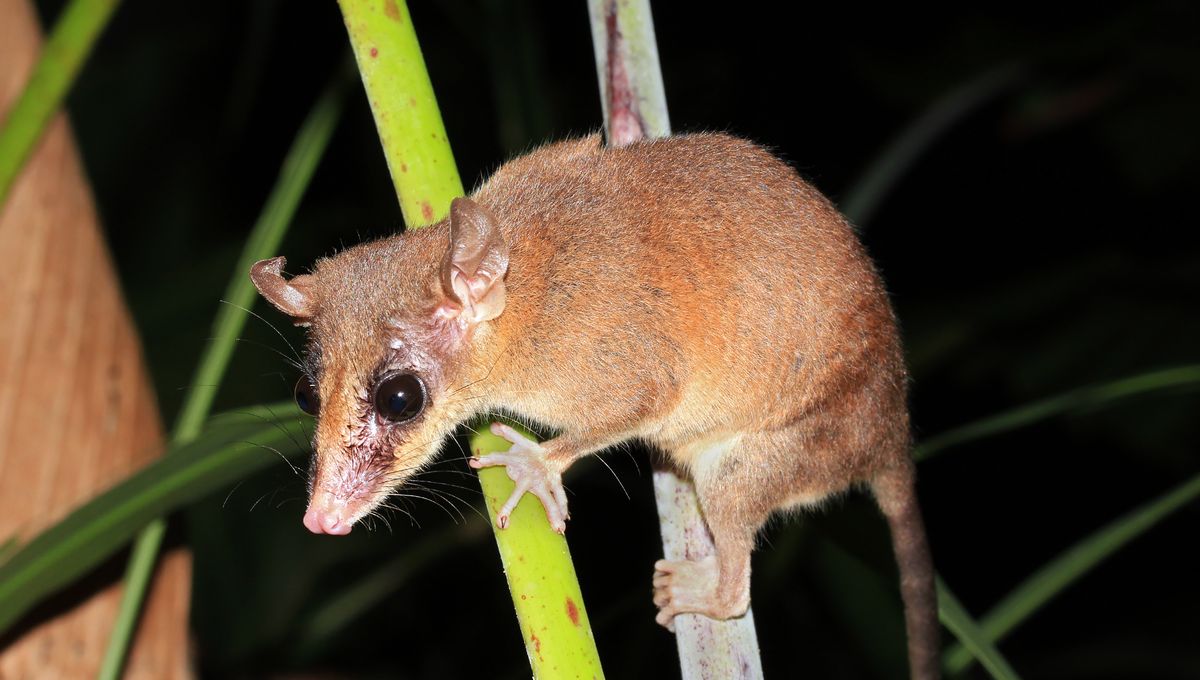
Moonlight can spell disaster or triumph in the animal kingdom, helping those species with limited eyesight catch prey more easily, while also giving those who might be the prey fewer places to hide away in the dark. Now, new research has investigated which species might benefit from or avoid moonlight, with the help of some camera traps in the rainforest.
The team – who have put their results on the preprint server bioRxiv, having not yet undergone peer review – studied camera trap data on 88 mammal species, in 17 protected tropical forests across three continents. The floors of tropical forests are some of the darkest places that land-based mammals live and the team wanted to establish how different species respond to changes in the lunar cycle.
The species that actively avoided or significantly reduced their activity levels on the brightest moonlit nights were deemed to have “lunar phobia”. This characteristic was found in 14 of the 88 species; it was most common in rodents, which accounted for 11 of the group, though only 25 percent of the total number of species.
Species in the lunar phobic category were also likely to be more nocturnal, though they were less active in both the night and the day when the nights were moonlit. During moonlit nights, 11 of the 14 lunar phobic species reduced not just their nighttime activity, but also their overall activity levels.
Those animals that had a greater probability of being active during the night were also more likely to be active during a new moon, but less likely to be active at a full moon.
Of the 88 species, 20 of them were categorized as nocturnal, while nine were diurnal, meaning active during the day. Only one species was in the crepuscular bracket – most active at dawn and dusk. This was the common tapeti (Sylvilagus brasiliensis), which was also found to be lunar philic, alongside the white-lipped peccary (Tayassu pecari) and the four-toed elephant shrew (Petrodromus tetradactylus).
The study also found that 70 of the 88 species did not respond to changes in the lunar cycle. The team suggests that this was for one of two reasons: either their activity at night was not found to change based on the brightness of the Moon, or their data was not able to be classified because of a high noise-to-signal ratio. A total of 14 species were categorized as data sparse because they had less than 50 observations during the night.
Some suggested explanations for the three lunar philic species include that peccaries are large mammals that live in groups, which could counter the Moon’s brightness potentially making it easier for predators to spot them. The authors also report that the two other lunar philic species have also been seen to change their behavior on nights with a full moon in other studies.
On the other hand, lunar phobic species such as armadillos and pacas need to avoid both natural predators and hunting by rural and indigenous communities.
Overall, the researchers conclude that more research is needed to further explain shifts in patterns of activity in response to changes in the Moon’s light. Looking at the canopy of a tropical forest could be of particular interest, as changes in the lunar cycle could potentially have a more pronounced effect on the species that live there.
The preprint is available on BioRxiv.
Source Link: Some Tropical Mammals Appear To Have “Lunar Phobia”